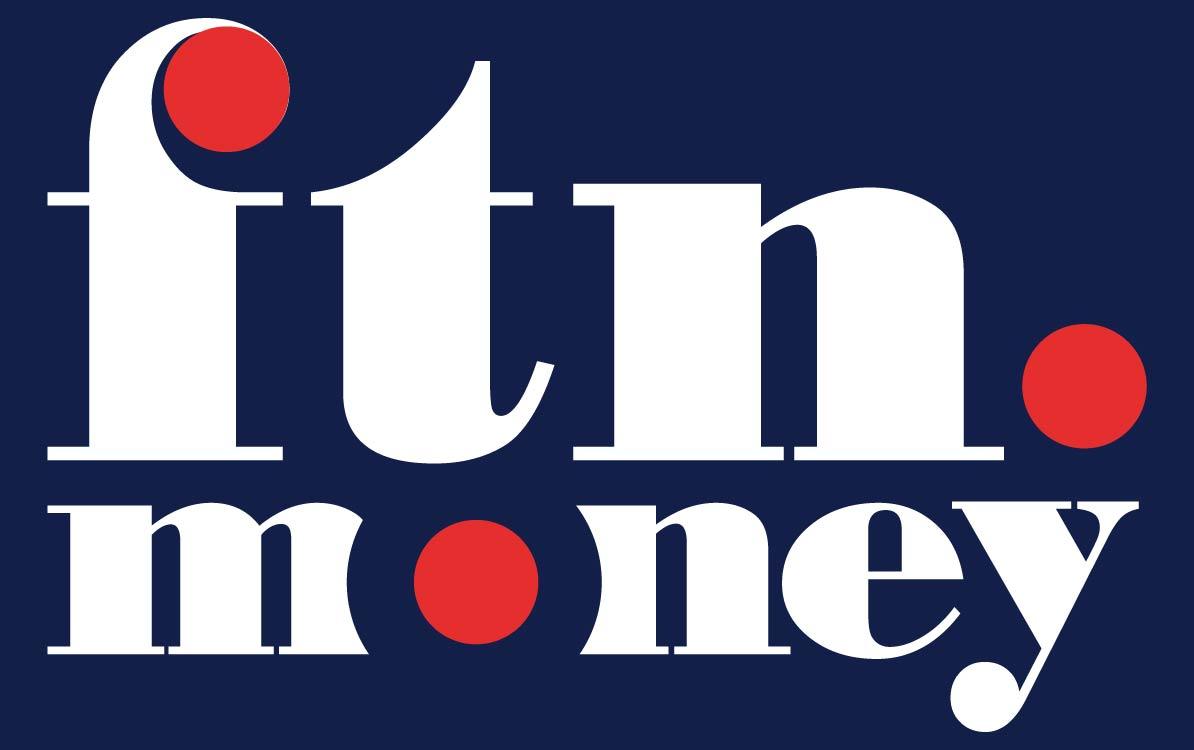Subscription required
The Role of Banks in Cross-Border Payments: Challenges and Innovations
Cross-border payments are the lifeblood of global commerce, facilitating international trade, remittances, and financial transactions. In 2024, the cross-border payments market totaled approximately $40 trillion, with projections indicating it could reach $62 trillion by 2032. As the global economy becomes increasingly interconnected, the role of banks in facilitating these transactions remains crucial, despite growing competition from fintech and blockchain-based solutions.
Why Are Banks Still Crucial to Cross-Border Payments?
Banks have long been the cornerstone of cross-border payments, leveraging their extensive networks and regulatory compliance to ensure secure and reliable transactions. Correspondent banking, where banks maintain accounts with each other across different countries, remains the most prevalent method for cross-border payments. This system allows banks to facilitate transactions even when they do not have direct relationships with each other. However, this traditional model is not without its challenges, including high fees, slow processing times, and complex regulatory requirements.
How Correspondent Banking Networks Enable Global Money Transfers
Correspondent banking networks are essential for enabling global money transfers. When a bank does not have a direct relationship with a foreign bank, it relies on correspondent banks to act as intermediaries. This process involves multiple steps, including currency conversion, compliance checks, and settlement. While correspondent banking has been the backbone of international payments, it is facing increasing pressure from regulatory requirements and the decline in correspondent banking relationships. This decline is particularly evident in high-risk jurisdictions, where compliance costs and regulatory scrutiny have led to a reduction in the number of correspondent banking relationships.
The Impact of Fintech on Traditional Banking’s Role in Cross-Border Transactions
The rise of fintech has significantly impacted the cross-border payments landscape. Fintech firms are leveraging advanced technologies such as blockchain, AI, and real-time payments to offer faster, cheaper, and more transparent solutions. For example, blockchain-based solutions can reduce the need for intermediaries, thereby lowering costs and speeding up transactions. Fintech firms are also partnering with traditional banks to offer innovative solutions. Wells Fargo, for instance, has partnered with Derivative Path to automate cross-border payment processes, reducing transaction fees and improving efficiency. These partnerships are becoming increasingly common as banks seek to leverage fintech innovations to enhance their services.
Regulatory Compliance: How Banks Navigate AML, KYC, and Fraud Prevention
Regulatory compliance remains a significant challenge for banks involved in cross-border transactions. Anti-money laundering (AML), know-your-customer (KYC), and fraud prevention measures are critical for ensuring the integrity of the financial system. Banks must invest heavily in compliance infrastructure to meet these requirements, which can be particularly burdensome in a cross-border context where regulatory requirements vary by jurisdiction. The cost of compliance can significantly impact cross-border fees, making it more expensive for businesses and individuals to conduct international transactions. However, advancements in AI and machine learning are helping banks to detect and prevent fraud more effectively, thereby enhancing security and reducing costs.
SWIFT vs. Blockchain-Based Payments: A Shift in Global Banking?
The Society for Worldwide Interbank Financial Telecommunication (SWIFT) has long been the dominant messaging network for cross-border payments. However, the rise of blockchain-based solutions is challenging SWIFT’s dominance. Blockchain technology offers several advantages, including faster transaction times, lower costs, and enhanced transparency. Stablecoins, such as USDT and USDC, are also gaining traction as they provide a secure and stable option for cross-border payments. While SWIFT continues to evolve and improve its services, the increasing adoption of blockchain-based solutions suggests a potential shift in the global payments landscape.
The Future of Cross-Border Payments: AI, CBDCs, and Real-Time Settlements
The future of cross-border payments is likely to be shaped by several key trends, including the adoption of AI, central bank digital currencies (CBDCs), and real-time settlements. AI and machine learning are being used to enhance fraud detection and risk management, making cross-border transactions safer and more efficient. CBDCs, which are digital versions of fiat currencies, are being explored by central banks as a means to improve cross-border payment efficiency. Real-time payments and instant settlements are also becoming more prevalent, with initiatives such as SWIFT GPI offering quicker and more transparent payment options. These advancements are expected to transform the cross-border payments landscape, making transactions faster, cheaper, and more reliable.
Case Study: How JPMorgan and HSBC Are Leading in Cross-Border Payment Innovation
Major banks like JPMorgan and HSBC are at the forefront of cross-border payment innovation. JPMorgan, for example, has been exploring the use of blockchain technology to improve the efficiency of cross-border transactions. HSBC has also been actively involved in developing new payment solutions, leveraging partnerships with fintech firms to enhance its services. These efforts demonstrate how traditional banks are adapting to the changing landscape by embracing new technologies and collaborating with fintech firms to stay competitive.
The Cost of Compliance: How Regulations Impact Banks’ Cross-Border Fees
Regulatory compliance is a significant cost driver for banks involved in cross-border transactions. AML, KYC, and fraud prevention measures require substantial investments in compliance infrastructure, which can increase cross-border fees. The complexity of regulatory requirements across different jurisdictions further complicates the process, making it more expensive and time-consuming for banks to facilitate international payments. However, advancements in technology, such as AI and machine learning, are helping banks to streamline compliance processes and reduce costs.
Why Emerging Markets Still Rely on Traditional Banks for Remittances
Despite the rise of fintech solutions, traditional banks remain crucial for remittances in emerging markets. Many individuals in these markets rely on banks to send money to family members abroad, as they trust the security and reliability of traditional banking systems. Additionally, regulatory requirements and the need for compliance make banks a preferred choice for remittances in these regions. While fintech firms are making inroads, traditional banks continue to play a vital role in facilitating remittances in emerging markets.
Instant Cross-Border Payments: How ISO 20022 and Faster Payment Systems Are Changing Banking
The adoption of ISO 20022 messaging standards is improving the efficiency and transparency of cross-border payments. This standard creates a common format for sharing payment details, reducing errors and enhancing processing efficiency. Additionally, faster payment systems and real-time settlements are becoming more prevalent, offering quicker and more reliable payment options. These advancements are transforming the cross-border payments landscape, making transactions faster and more efficient.
The Role of AI and Big Data in Reducing Fraud in Cross-Border Transactions
AI and big data are playing a crucial role in reducing fraud in cross-border transactions. Financial institutions are leveraging AI-powered analytics to detect and prevent fraudulent activities, enhancing security and reducing costs. Machine learning algorithms can identify suspicious patterns and behaviors, enabling banks to take proactive measures to prevent fraud. These technologies are not only improving security but also enhancing the overall efficiency of cross-border payment processes.
Call-to-Action & Engagement Strategy
As the cross-border payments landscape continues to evolve, it is essential for businesses and financial institutions to stay informed about the latest trends and innovations. We encourage readers to share their experiences in international payments and offer their insights on how fintech disruption will affect banks’ dominance in cross-border payments. How do you think these changes will impact your business or financial operations? Let us know your views!
Footer: Referenced Sources & Citations
- Wells Fargo courts small banks for cross-border payments. (2025, February 18). American Banker. https://www.americanbanker.com/payments/news/wells-fargo-derivative-path-team-on-cross-border-payments
- Cross-border payments: Types, uses, and key players explained. (2025, February 14). Stripe. https://stripe.com/resources/more/cross-border-payments-explained
- Understanding Cross-Border Payments: From Basics to Best Practices. (2024, October 18). PayQuicker. https://payquicker.com/cross-border-payments/
- What Are Cross-Border Payments? Ultimate Guide 2025. (2025, February 19). ScaleFocus. https://www.scalefocus.com/blog/cross-border-payments-guide
- Cross-Border Payments Strategic Initiative. (2025, February 6). Federal Reserve. https://fedpaymentsimprovement.org/strategic-initiatives/cross-border-payments/overview/
- How cross-border payments are reshaping global banking. (2025, February 3). PaymentsCardsandMobile. https://www.paymentscardsandmobile.com/how-cross-border-payments-are-reshaping-global-banking/
Disclaimer: This article provides an overview of global banking roles in cross-border payments. Readers should consult financial professionals before making financial decisions.



